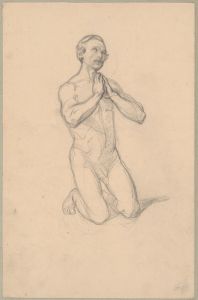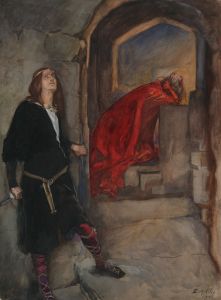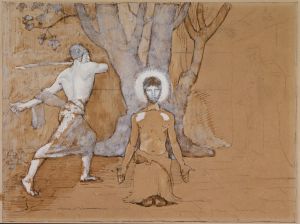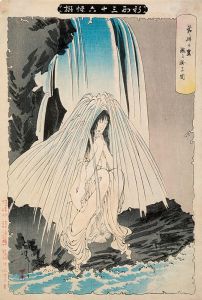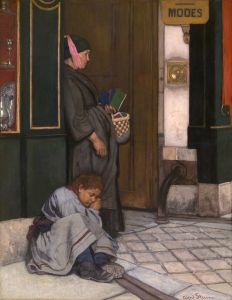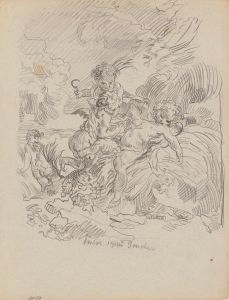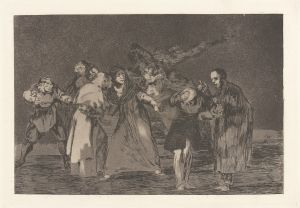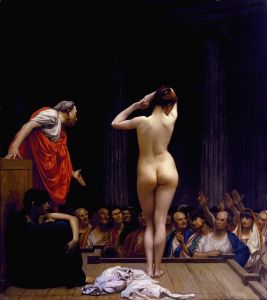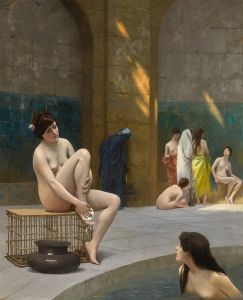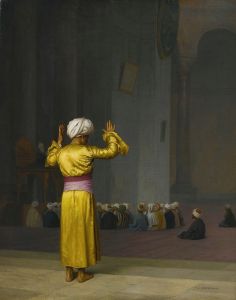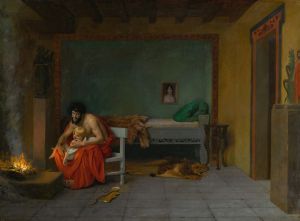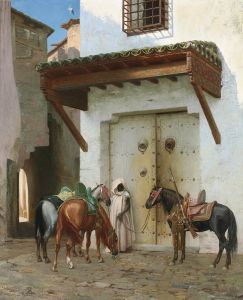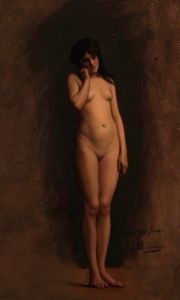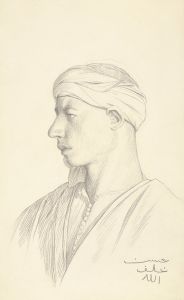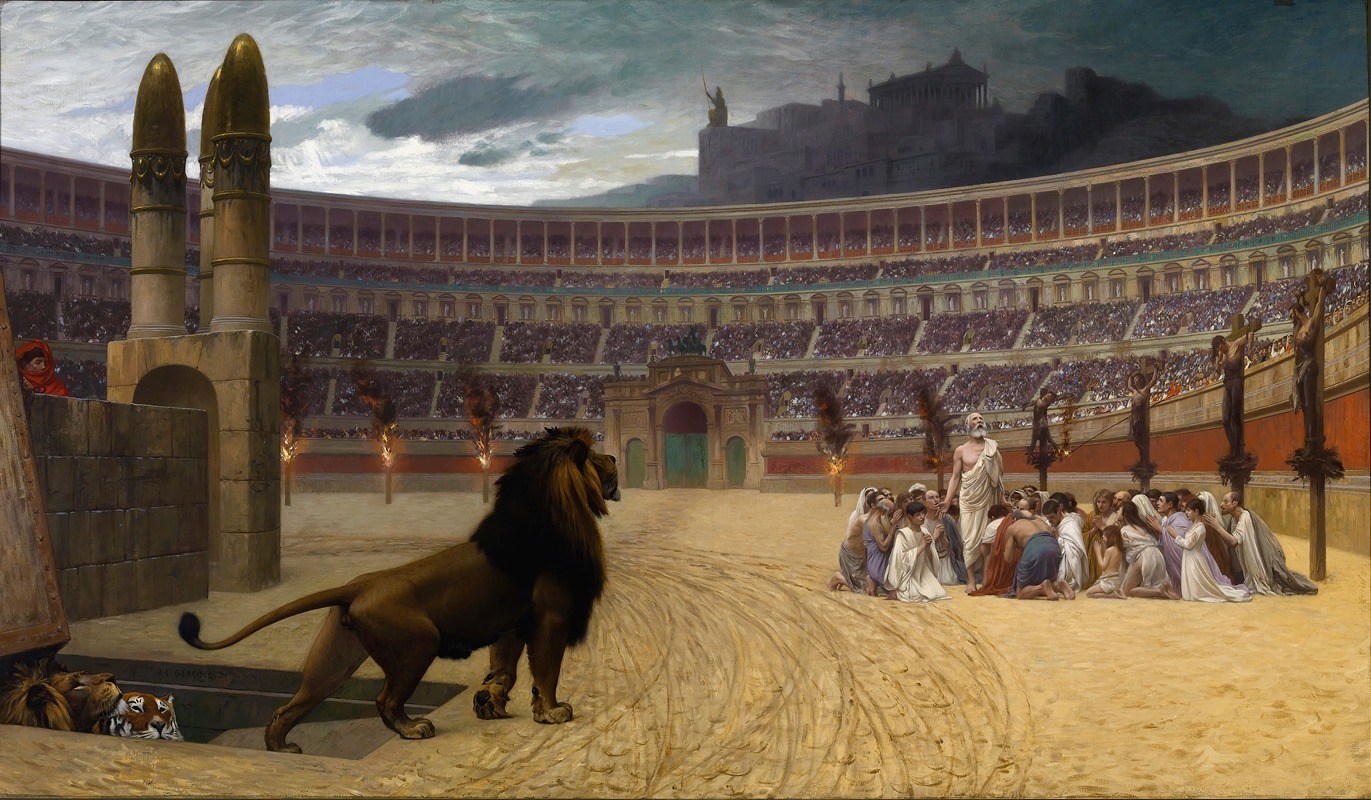
The Christian Martyrs’ Last Prayer
A hand-painted replica of Jean-Léon Gérôme’s masterpiece The Christian Martyrs’ Last Prayer, meticulously crafted by professional artists to capture the true essence of the original. Each piece is created with museum-quality canvas and rare mineral pigments, carefully painted by experienced artists with delicate brushstrokes and rich, layered colors to perfectly recreate the texture of the original artwork. Unlike machine-printed reproductions, this hand-painted version brings the painting to life, infused with the artist’s emotions and skill in every stroke. Whether for personal collection or home decoration, it instantly elevates the artistic atmosphere of any space.
"The Christian Martyrs' Last Prayer" is a painting by the renowned French artist Jean-Léon Gérôme, completed in 1883. Gérôme was a prominent figure in the academic art movement of the 19th century, known for his meticulous attention to detail and historical accuracy. This painting is a poignant representation of early Christian persecution in the Roman Empire, a theme that Gérôme explored with great sensitivity and dramatic effect.
The painting depicts a somber and dramatic scene set in the ancient Roman Colosseum, where early Christians were often martyred. In the foreground, a group of Christians is gathered in prayer, their expressions a mixture of fear, resignation, and faith. They are surrounded by the imposing architecture of the Colosseum, with its towering arches and the vast, open sky above. The arena is filled with sand, and in the background, wild animals, likely lions, are being released from their cages, a common method of execution for Christians during this period.
Gérôme's use of light and shadow in the painting is particularly noteworthy. The light falls dramatically on the central figures, highlighting their vulnerability and the gravity of their situation. The contrast between the illuminated figures and the darker, shadowed areas of the Colosseum enhances the emotional impact of the scene. The artist's attention to detail is evident in the realistic depiction of the architecture and the carefully rendered expressions of the figures.
The painting reflects Gérôme's interest in historical and religious subjects, as well as his skill in capturing the human experience in moments of extreme adversity. It also exemplifies the academic style, with its emphasis on clarity, precision, and adherence to historical accuracy. Gérôme conducted extensive research to ensure the authenticity of his work, drawing on historical texts and archaeological findings to accurately depict the setting and costumes of the period.
"The Christian Martyrs' Last Prayer" is housed in the Walters Art Museum in Baltimore, Maryland. It remains a significant work in Gérôme's oeuvre and is often cited as an example of his ability to convey powerful narratives through art. The painting not only serves as a historical document but also as a testament to the enduring human spirit in the face of persecution.
Gérôme's work has been both celebrated and critiqued over the years. While some admire his technical skill and dedication to historical accuracy, others have critiqued his work for its perceived lack of emotional depth and reliance on dramatic, theatrical compositions. Nonetheless, "The Christian Martyrs' Last Prayer" continues to be appreciated for its artistic merit and its poignant portrayal of a significant moment in early Christian history.
In summary, Jean-Léon Gérôme's "The Christian Martyrs' Last Prayer" is a masterful depiction of early Christian persecution, characterized by its historical accuracy, dramatic composition, and emotional depth. It remains an important work in the study of 19th-century academic art and a powerful reminder of the trials faced by early Christians.





